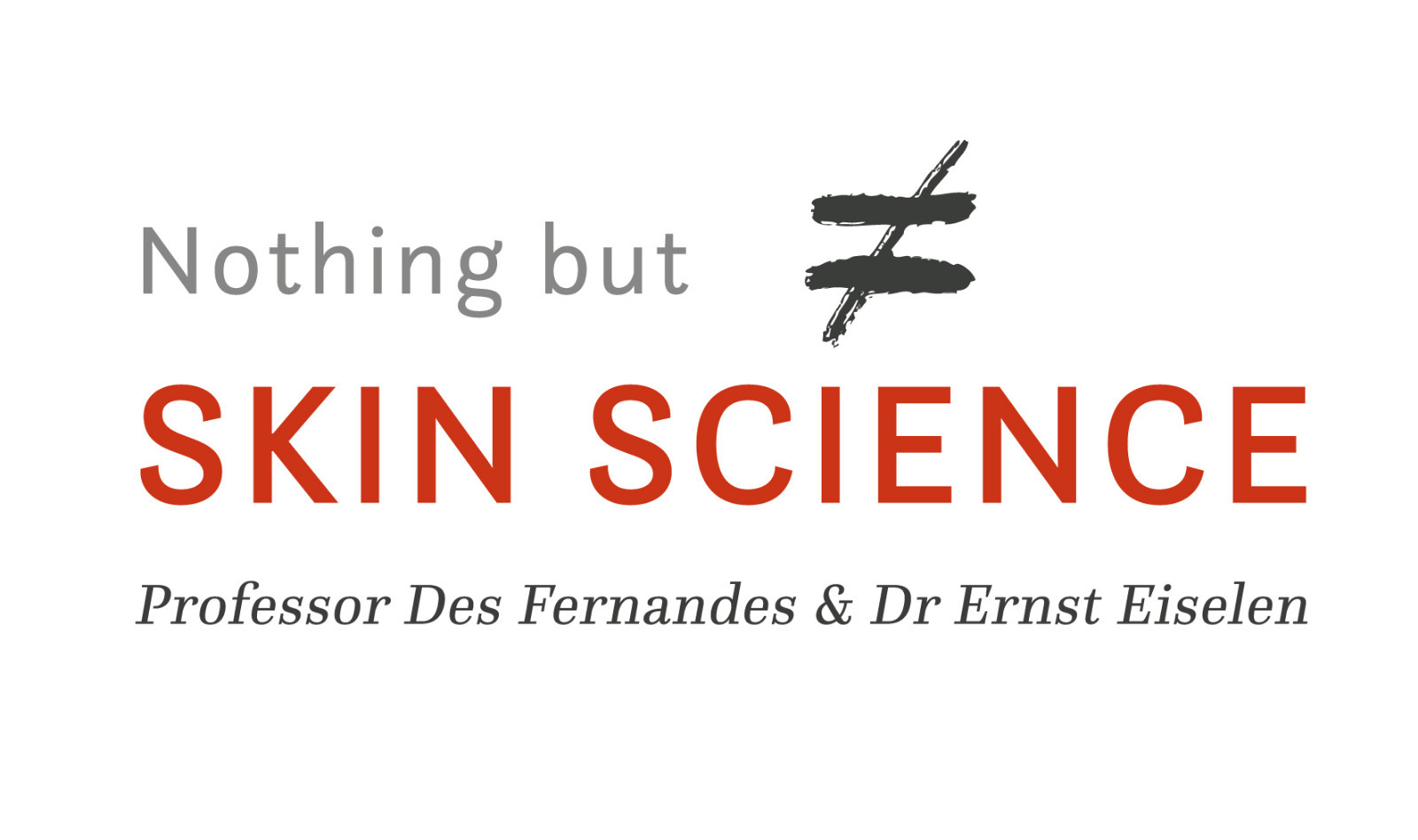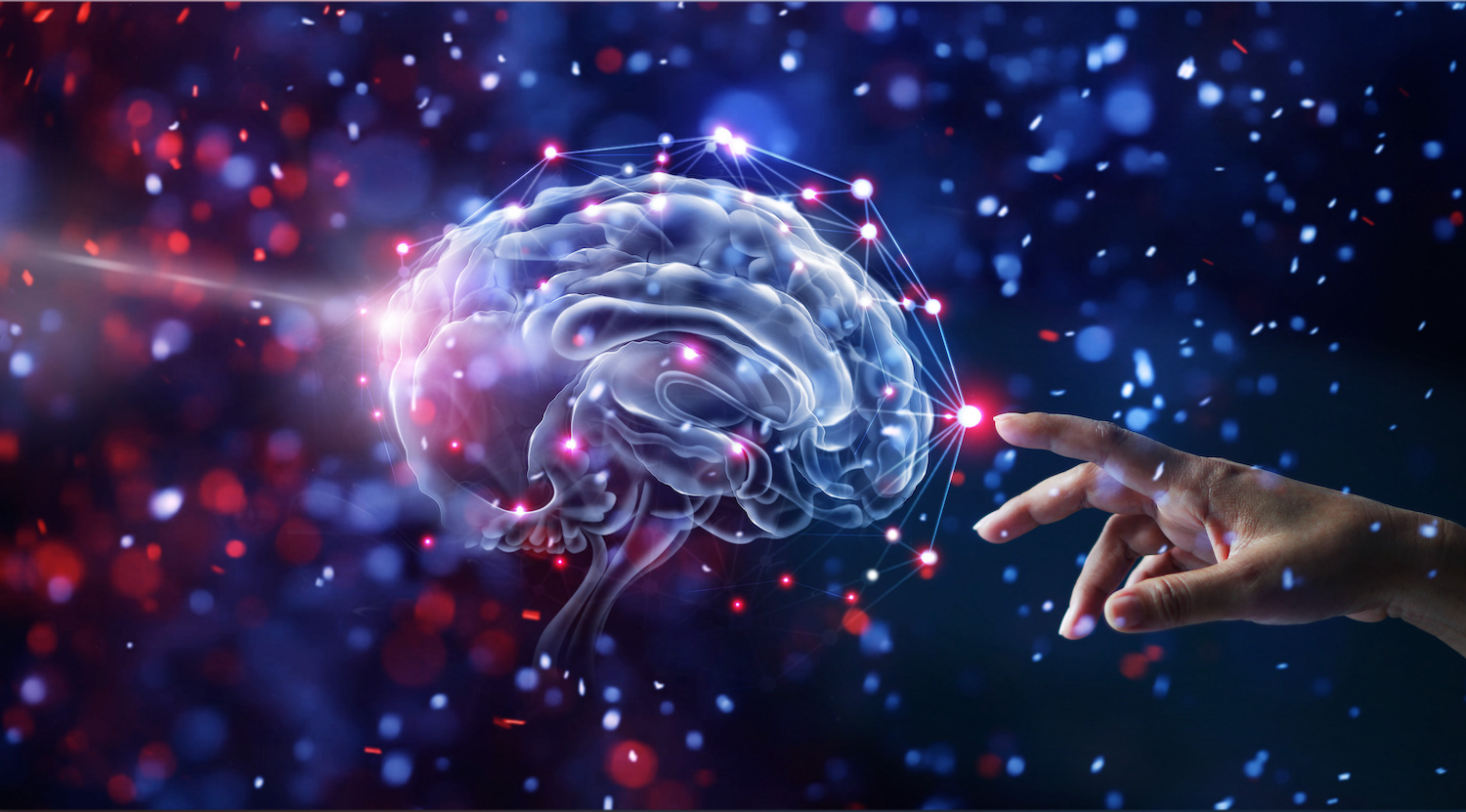By DR ERNST EISELEN
Human skin develops from the same embryological layer as the brain, the ectoderm. It stands to reason that the two organs will share many molecular pathways in spite of the widely divergent differentiation in the mature foetus and living human. People generally do not think of the skin as smart in the same manner as the human brain is regarded as smart.
I think we are wrong in not doing so. The largest of all our organs by size and surface area, our skin is a vital organ as much as the heart, the liver or as the brain are.
Human skin provides crucial information to the brain critical in most human endeavours including pleasure, thriving and to surviving.
Human skin responds directly to hormones and molecules from the hypothalamus-pituitary-adrenal axis. The skin even produces these hormones. The direct response to these hormones is growth, cell differentiation, cell movement and associations with their kindred cells . All of this tells us that the skin can be seen as a very close physical and functional extension of the brain.
Smart skin deserves smart care. Skin care has a curiously one-dimensional nature in the eye of the public. The concept of skin conjures up images of soaps and cleansers, lotions and potions to apply. Lasers and all manner of gadgets to attack and alter aging skin, supposedly turning it into new skin. The half-baked truths about relaxation, spa treatments and the like to improve skin, ignore the value of habitual simple, skin-health-promoting habits and smart food choices.
The “Food and Mood Centre” scientific research group in Melbourne, Australia is doing great research into how to eat for good mental health. Their work relies on proper clinical trials. Results and recommendations are reliable, practical and scientifically proven.
The connection between the gut flora and immune systems is prominent in their findings and recommendations, confirming the curious symbiosis of man and microorganism.
Good brain food will therefore be good skin food as the skin is so very much like the brain.
There is, however, one strange twist here.
We know that Vitamin A is the kingpin of all tissue differentiation, from conception to death, yet there is an apparent barrier limiting the delivery of Vitamin A to skin from systemic sources. Unlike the brain, the skin does not appear to have a specific blood-brain vascular barrier, but vitamin A taken in by food or supplements gets stored in a hierarchical fashion with the skin last in line. To matters worse, stress, sunlight, pollution and processed food and sugar amongst a few others all conspire against vitamin A levels in the skin.
We need to give our skin some smart food of its own even if we eat for general physical and mental health most of the time.
The two most important cells we need to feed are the epidermal basal cells and the dermal fibroblasts. Fortunately, we can reach them from the surface. Vitamin A in appropriate amounts available to these two cell groups is vital for the best skin our individual genetic potential will allow. The science on this is clear, well defined and needs no endless repetition.
Good skin is smarter skin. It protects better. It better relays the information our brains and bodies need to experience high quality health and well-being. Every aspect of an organ that behaves in a pleasurable, intelligent and vital manner is enhanced by optimal skin nutrition.
All other organs need what we eat to be the best choices, yet the skin, in contemporary homo sapiens, needs the extra surface supplied nutrition too.

